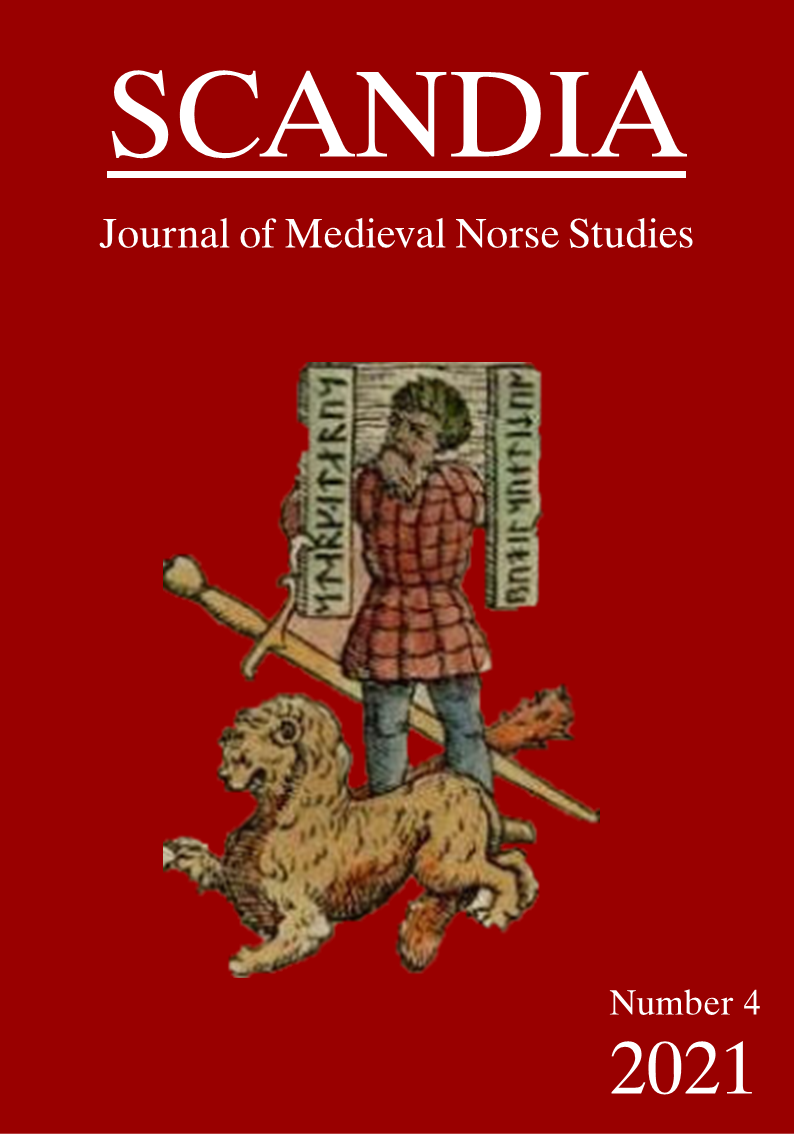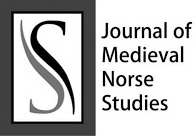SKOGTROLL: BRIEF ANALYSIS OF THEODOR KITTELSEN'S ILLUSTRATION
Resumo
Inspired by nationalist and romantic ideas, Norwegian illustrator Theodor Kittelsen, between the end of the 19th century and the beginning of the 20th century, made several illustrations, either single or intended for publication of folk tales. This paper aims to analyze one of these illustrations, called Skogtroll. This work portrays important aspects of Nordic landscape, folklore and mythology from the artistic reception. Skogtroll is a mysterious and imposing adaptation of the troll that presents mythological meanings from the ancient Norse religion. The Norwegian landscape presents seasonal variations that create different environments, such as the endless days in summer and the mystical icy darkness of winter. This illustration presents the sacred and folklore contained in the landscape, with minimal artistic ornament and Nordic simplicity. The study of images in tales is a source for the history of mentalities and also of sensitivity, as well as for the history of devotion and human becoming about the wonder of metaphor. The historical and political context of the moment in which the illustration was created is observed. However, the cultural representations contained in the drawing are also studied. For this purpose, a theoretical contribution from art historians and Scandinavian researchers was used.
Downloads
Downloads
Publicado
Edição
Seção
Licença
O(s) autor(es) do original apresentado se compromete(m) a cumprir o que se segue:
- Todos os autores responsabilizam-se publicamente por ele.
- Os autores afirmam que este original é de sua autoria e que assumem integral responsabilidade diante de terceiros, quer de natureza moral ou patrimonial, em razão de seu conteúdo, declarando desde já que a obra não infringe quaisquer direitos de propriedade intelectual de terceiros.
- O(s) autor(es) concordam em ceder os direitos autorais do original à Revista Scandia, à qual concedem permissão para sua reprodução, edição e publicação on-line.
- O(s) autor(es) outorgam seus direitos autorais de seu original à Revista Scandia, licendiado sob a Criative Commons Attribution License, que permite o compartilhamento deste trabalho com o reconhecimento de sua autoria.
- O(s) autor(es) têm permissão e são estimulados a citar e distribuir seu original.



